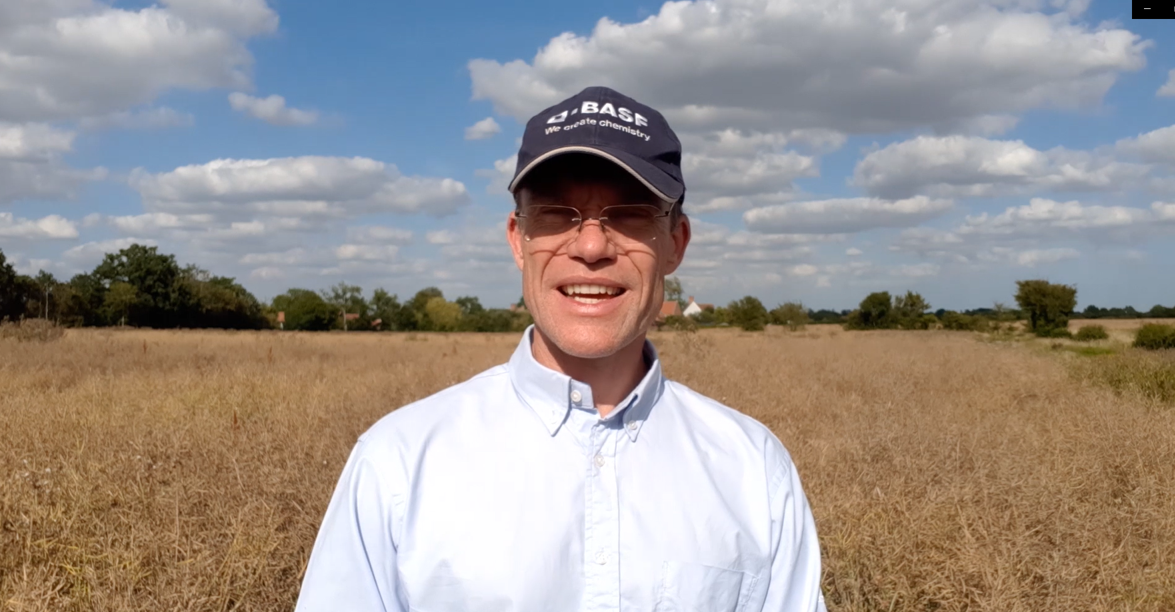One of the few post-emergence herbicides for beans and the only post-em available for some especially challenging weeds in the pea crop, such as black nightshade, bentazone, is under threat after four decades of use.
Commonly used on beans, peas, linseed, alliums and potatoes, the chemistry is absorbed through the leaves of target plants, disrupting the photosynthesis and causing a reduction in the carbohydrate reserves. However, it is highly soluble in water and mobile in soil. As such, bentazone has been detected in both ground and surface water for many years and whilst BASF and the wider agricultural industry has had a stewardship programme in place from 2014, records show no serious decline in the levels detected.
Bentazone is due review for re-approval in 2025. The Environment Agency will be part of the decision panel and has made it very clear that the industry must reduce the levels and numbers of detects in water in order for it to be considered.
With growers reintroducing pulses into their rotation, some after a long break, and others growing it for the very first time, without bentazone, crop area could seriously decline the future.
Paul Goddard, Stewardship and Value Chain Manager at BASF has been championing the Better bentazone Together Campaign.
“Last year, we commissioned some work focusing predominantly on groundwater and the likely sources at a number of the most challenged extraction points. At three of the five locations, a point-source is the likely cause. For the other two, point-source cannot be eliminated and therefore is a factor.
“As bentazone can enter the water courses through both groundwater and surface, there are multiple chances for leaching so we must do everything we can culturally, and chemically, to reduce the levels.”
BASF and industry partners have been working with the Environment Agency and water companies developing dip trays, managing point sources and aligning labels to offer guidance and support to growers. However, Paul feels there is more that can be done on farm.
“There is only so much we as manufacturers can do. Securing the future of bentazone has got to come from the field – it doesn’t matter if growers have 10ha or 100ha, every person who is applying bentazone has a responsibility to maintain high levels of stewardship and help increase water quality.
“This can be as simple as how and where growers fill their sprayer. Most farms now have a dedicated area of concrete that can easily be cleaned when using the granular formulation. For those using liquid, we have been working with industry partners to develop the new EasyConnect closed transfer system which, after rigorous testing, will be available to the market shortly. During 20222/23 a broad range of containers (IS 63 Industry Standard) will be equipped with the standardised pre-mounted screw cap, compatible with the system.
“Avoiding high risk areas, ensuring the field is suitable before planting crops and keeping the chemistry on the surface are a few other important considerations. If we don’t act now, we will lose this herbicide resulting in a detrimental impact on the future of pulses. Together we will make the difference”
Paul recommends five top tips:
- Ensure the field is suitable before planting the crops. Shallow, stony soils on chalk, limestone, or sandstone allow water to move more readily taking the chemistry with it. Likewise, low organic matter soil matter is a challenge as there is less to bind the soil and chemistry together.
- Avoid high risk areas. You can download Magic Maps from Natural England or Check Zones from UK Gov which provide geographic information about the natural environment including the water courses, highlighting high risk areas; the Safeguard Zones and Source Protection Zones for bentazone.
- Keep chemistry on the surface. Bentazone will breakdown quickly where there is good light and oxygen so by keeping it on the surface you limit the chance of transfer whilst still protecting your crops. Avoid spraying if heavy rain is forecast in the following two days.
- Consider the weather. We know farming faces many pressures, but it is important to avoid spraying your crop on wet days or when there is significant water sat in the field (fields with a shallow water table are to be avoided). The chemistry has high solubility and mobility so it will move into the water course or groundwater.
- No spray zone. Having a 6m buffer zone/5m no spray zone around the edges of the field, will help where there are high risk areas.
To find out more about Better Bentazone Together stewardship, click here
For PGRO’s top tips growing a successful spring bean crop, click here.
ENDS
JCM Media Contact: Rebecca Dawes – rebecca@janecraigie.com

